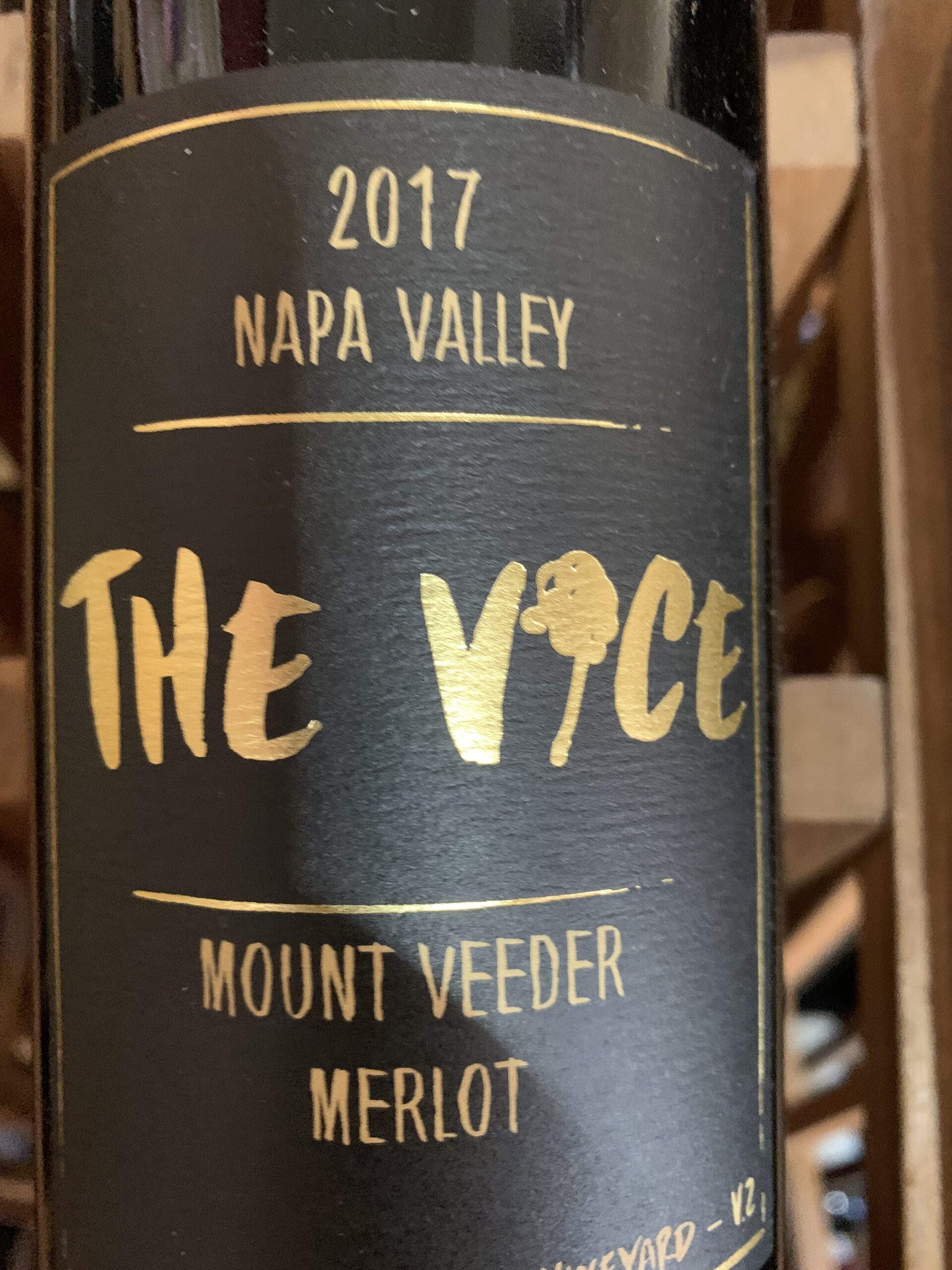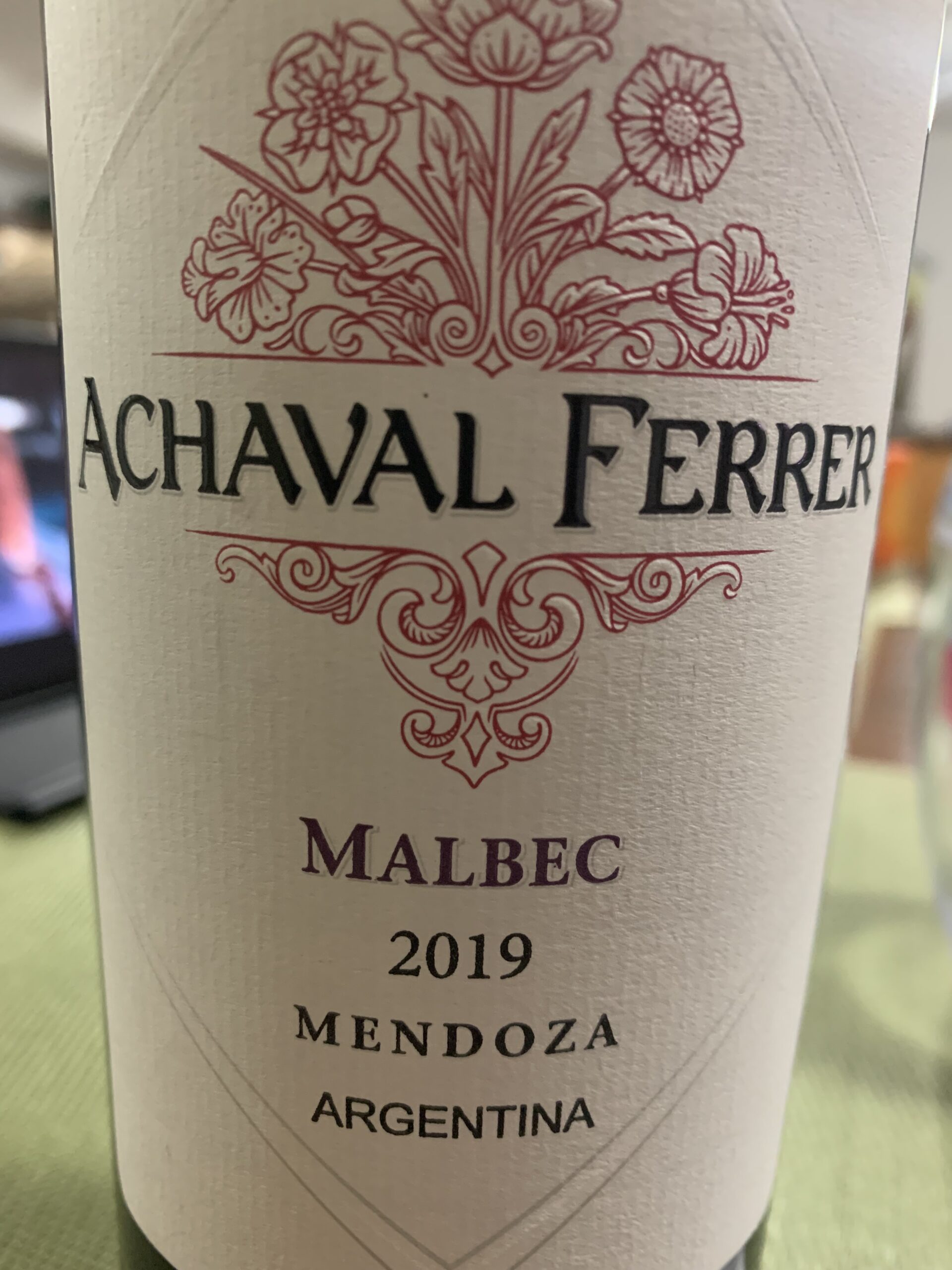Château La Nerthe 2013 Châteauneuf-Du-Pape Blanc The vineyard of the Castle Nerthe represents 92 hectares of the single supporter, certified in organic farming since 1998, when the 13 grape varieties of the appellation are planted. It is about one of the biggest vineyards of Châteauneuf du Pape (the New Pope’s castle). The land is there special. The majority of the vineyard is pebbly with high terraces, combined with clay, lime and loamy sands sprinkled with pebbles rolling down the slopes on the Southern exposure. Today I have tried their Blanc wine, which is a combination of 4 grapes: 40% Grenache Blanc, 40% Roussanne, 10% Clairette and 10% Bourboulenc. Only about…
-
-
Pascal Doquet Blanc de Blancs Champagne Completely independent since 2004, this vineyard, consists of 8.66 hectares, the winery continually searches for healthier and more environmentally friendly farming methods of the terroir and the consumer without constraint. Since 2004, the brand sells under the name Pascal Doquet Mesnil Grand Cru and developed a vineyard that evolved to an organic viticulture. This is another Champagne with the words “Récoltant Manipulant” or “RM” on the bottle label, again meaning that the grapes are grown on the Estate, the Champagne is produced at the Estate and the Champagne is bottled at the Estate. The grower has full control over the quality of the wine…
-
Franck Bonville Grand Cru Blanc de Blanc N.V. Franck and his wife Jeannine after the second war commercialized the first bottles of champagne from a vineyard already connected on the lands of Avize and Oger for over twenty years. Today, Giles and his wife Ingrid Bonville, together with their son Olivier spend time tending to the operation of the winery, including updating and modernizing the facility. Their goal is to grow grapes of the highest quality and produce great wines which are fresh, delicate and elegant. If you read the label, you will see the words “Récoltant Manipulant” or “RM” on the bottle of Franck Bonville, which means that the…
-
Louis Roederer Champagne Brut Premier N.V. When he inherited the Champagne House in 1833, connoisseur and entrepreneur Louis Roederer took a visionary approach to enriching his vines, aiming to master every stage of the wine’s creation. He forged the wine’s unique style, character, and taste. In the mid-nineteenth century, Louis Roederer acquired some of Champagne’s grand cru vineyards, an approach that contrasted sharply with contemporary practices. While other Houses bought their grapes, Louis Roederer nurtured his vineyards, familiarized himself with the specific characteristics of each parcel, and methodically acquired the finest land. Louis Roederer’s guiding principle was that all great wine depends on the quality of the soil, a passion…
-
Château La Nerthe 2007 Châteauneuf-du-Pape Château La Nerthe was born in the 12th Century around the time vines were first planted in the stone-strewn soil of Châteauneuf-du-Pape (literally the “Pope’s new castle”), the place the pontiffs chose for their summer residence when the papel court relocated to Avignon. The historic domains of Châteauneuf-du-Pape, Château la Nerthe, has always been graced by the attentive care of its successive owners: men of firm conviction, aristocrats, and notable experts on Châteauneuf-du-Pape, Marquis Tulle de Villefranche, Commandant Joseph Ducos and La Famille Richard, have all contributed to the reputation for excellence that La Nerthe has acquired and maintained. Pouring a glass of this ruby…
-
Willm 2012 Riesling Reserve Founded in 1896 by the Willm Family, Alsace Willm was the first Alsace producer to export wines to the United States after Prohibition. Alsace Willm is located about 20 miles south of Strasbourg in Barr on the Route du Vin d’Alsace, which is the “Wine Road of Alsace”. Alsace Willm produces a selection of outstanding Alsace wines, both still and sparkling, as well as some Grand Crus. The 2012 Reserve Riesling is 100% Riesling that is aged for about 3 months on its lees, with bottling occurring about 10 months after the harvest. Note: “Lees” refers to deposits of dead yeast or residual yeast and other…
-
Les Closiers Caves des Papes 1998 Chateauneuf de-Pape Chateauneuf-du-Pape is an historic town in France’s southern Rhone Valley, famous for its full-bodied, spicy red wines (although it does also produce a small quantity of weighty, flavorful white). The name Chateauneuf-du-Pape means ‘new castle of the Pope’ and refers to the fact that nearby Avignon was chosen as the new home for the Pope’s court in the early 14th century. The pope in question (Clement V) also gave his name to the ancient and equally prestigious Chateau Pape Clement in Bordeaux’s Graves district. Ogier et Fils was founded by Christophe Ogier as a negociant firm in 1859. In 1948 Ogier became…


